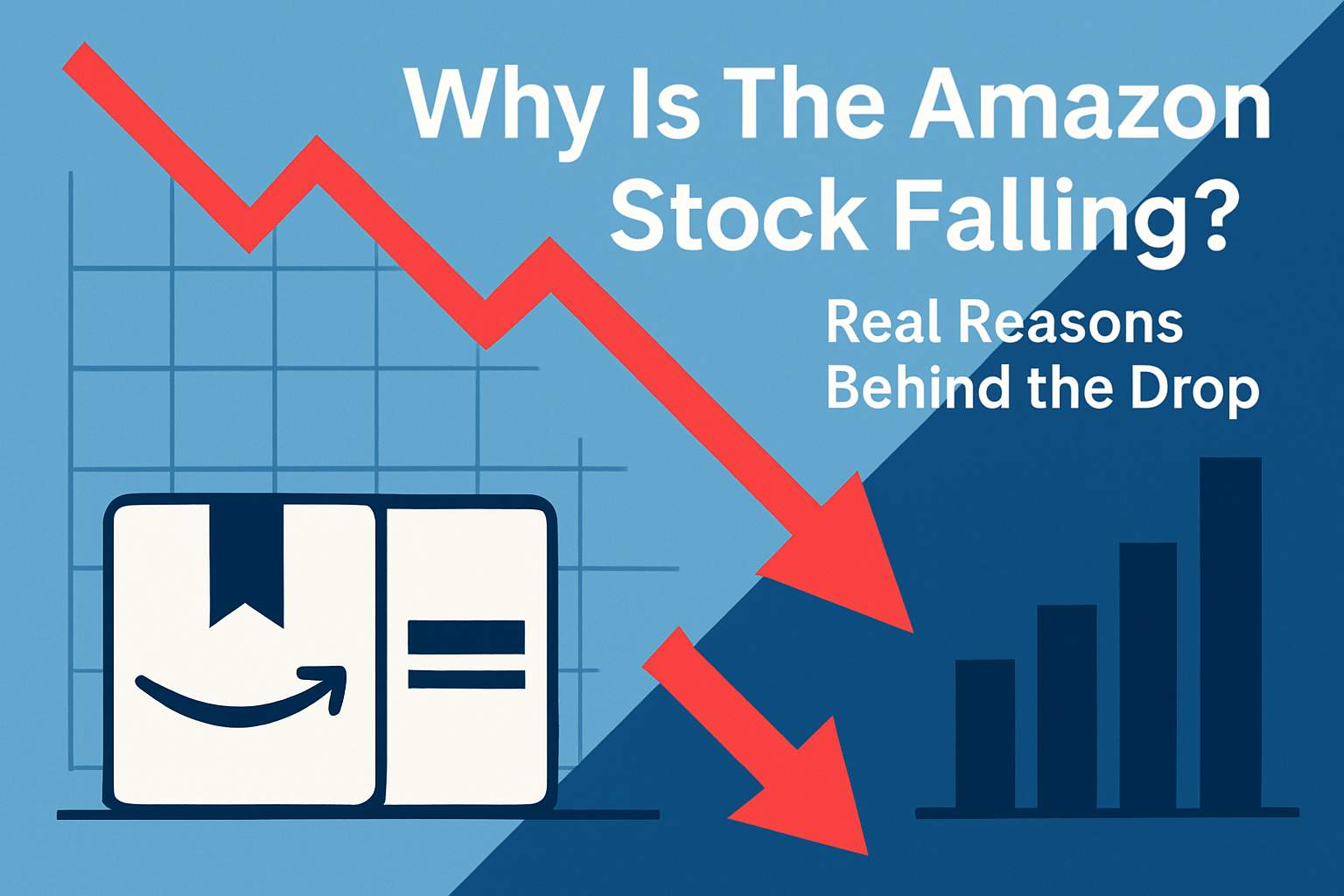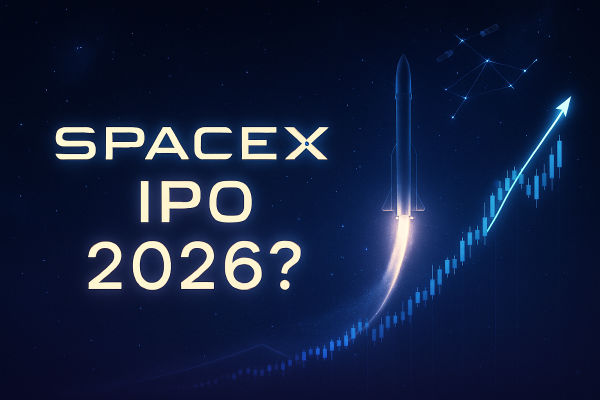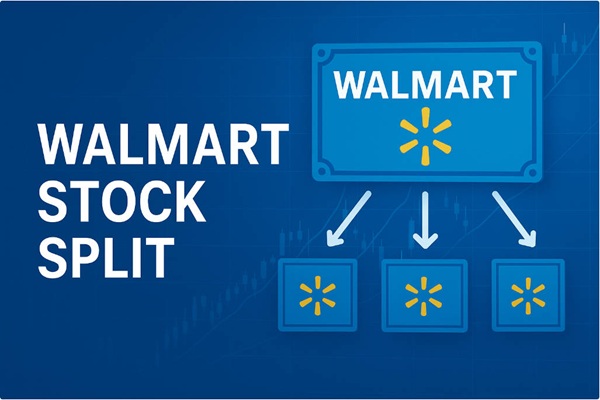OpenAI, the AI powerhouse behind ChatGPT and a pioneer in artificial general intelligence (AGI) development, is making headlines with plans for a historic IPO that could value the company at $1 trillion.
For context, OpenAI has begun laying groundwork for a public listing that advisers say could value the company as high as $1 trillion, with plans to file as soon as the second half of 2026 and potentially list in 2027 while aiming to raise at least $60 billion (figures and timing are early-stage and could change).
The company's growth story, anticipated revenue run rate of around $20 billion by the end of 2025, and a recent secondary, suggesting a $500 billion private valuation, clarify investor enthusiasm.
Investors should expect enormous headline impact, a potentially massive lock-up and float debate, and unusually high sensitivity to model performance, Microsoft ties, and policy shifts.
Why OpenAI IPO Is the Talk of The Market Now?
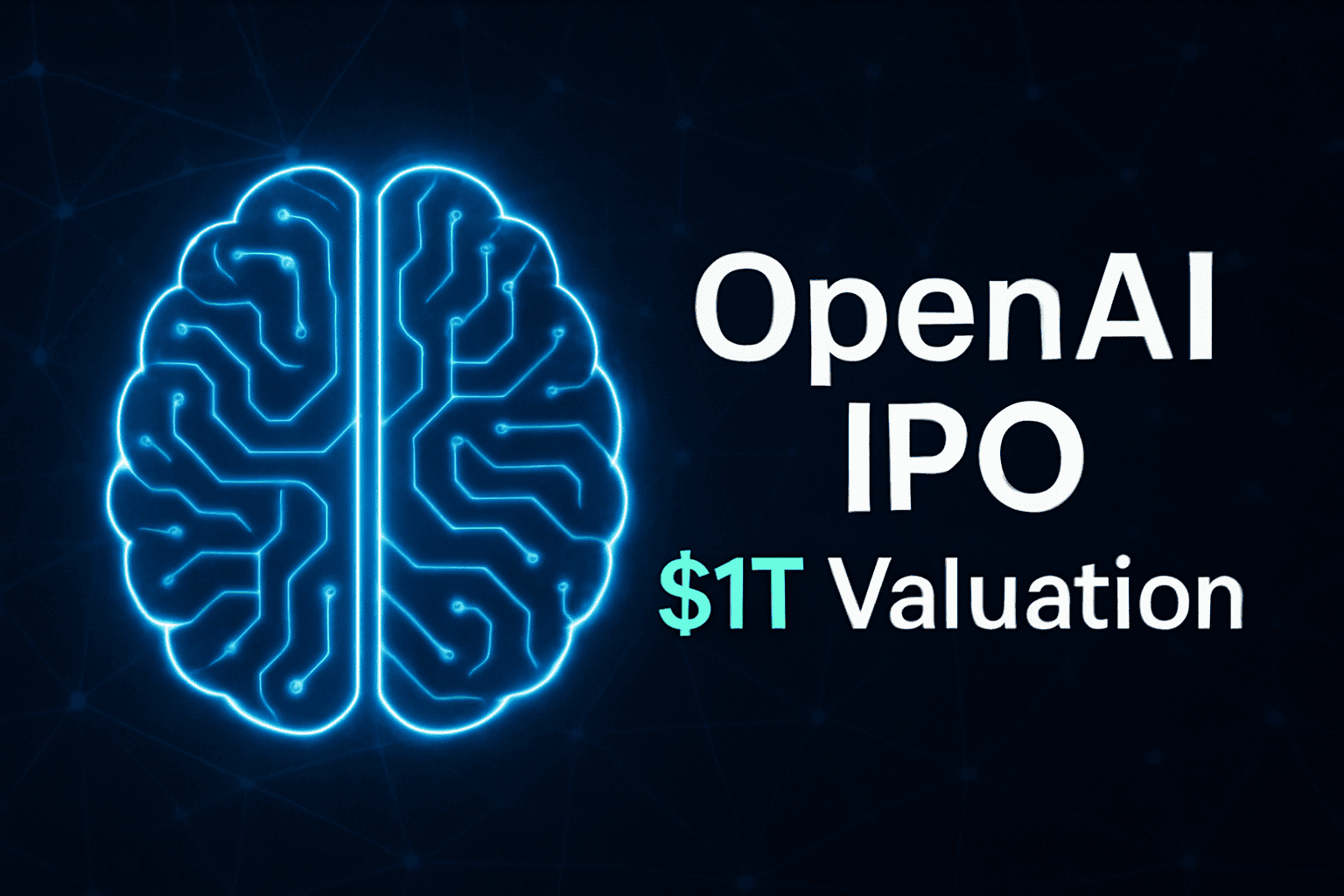
OpenAI's move toward a public listing is hype because it would convert one of the most consequential private technology companies into a publicly traded security, creating a benchmark for AI monetisation, unlocking liquidity for early investors and employees, and reshaping capital flows into cloud, chip and data centre suppliers.
According to multiple reports, the IPO discussions follow a recent corporate restructuring that clarified equity stakes (including Microsoft taking roughly a 27% stake) and a series of large private transactions that lifted OpenAI's private valuation to around $500 billion earlier in October 2025.
Those changes, together with rapid revenue growth and mounting capital needs for AI infrastructure, explain why an IPO is now a practical option rather than a theoretical endpoint.
Simply put, OpenAI requires significant financial resources to enhance its computing capacity, data centres, and talented personnel, which its CEO considers crucial for competing in "AGI-scale" infrastructures and markets. Going public would give it direct access to deep capital markets, but it would also demand far greater transparency and subject the company to quarterly scrutiny.
The Latest Data About OpenAI IPO
| Metric |
Latest Figure (Oct 2025) |
| Private Valuation |
$500B |
| Target IPO Valuation |
$1T |
| Projected Revenue Run Rate |
$20B (2025) |
| Microsoft Stake |
~27% |
| Planned Raise |
$60B+ |
1. Potential Valuation and Timing:
Reuters and other outlets report advisers are preparing for an IPO that could value OpenAI as high as $1 trillion, with a filing possibly in the second half of 2026 and a listing in 2027 (plans are preliminary and subject to change). [1]
The company is reportedly considering raising at least $60 billion in the offering.
2. Recent Private Pricing:
In early October 2025, a secondary equity sale enabled employees to sell their shares, implying a private valuation of approximately $500 billion.
Employees sold approximately $6.6 billion in shares to SoftBank, Thrive, Dragoneer, and T. Rowe Price.
3. Revenue Run-Rate:
Multiple reports cite an annualised revenue run-rate near $20 billion for OpenAI by year-end 2025, reflecting rapid enterprise and API uptake (this figure helps explain the revenue multiple investors consider, but the company still reportedly runs significant losses as it scales).
4. Strategic Partner Stakes:
Microsoft maintains a significant financial stake following the restructuring and is commonly reported to possess approximately 27% equity in the profit-driven organisation.
It is a scenario that guarantees business and raises issues about governance or conflict of interest for public investors.
How the Microsoft Stake Shapes the OpenAI IPO
Microsoft's reported 27% ownership position and ongoing commercial ties are central to the investment thesis and the risk checklist. The relationship offers benefits such as preferential cloud access, integrated workplace products (Copilot integrations), and a deep-pocketed strategic investor. [2]
However, it also raises questions:
Revenue allocation & API economics: Will Microsoft's privileged access limit OpenAI's ability to monetise equivalently with other cloud vendors? Are revenue-share terms favourable and transparent?
Conflict of interest: A dominant corporate shareholder complicates governance and could constrain activism or independent strategy if interests diverge.
Regulatory optics: Strong connections with a hyperscaler could increase regulatory scrutiny (antitrust or national-security assessments), particularly if OpenAI's models become central to essential infrastructure.
Investors should expect the S-1 and subsequent proxy materials to focus heavily on the terms of Microsoft's stake and any continuing commercial arrangements.
OpenAI Valuation Math: How to Get $1T Market Cap
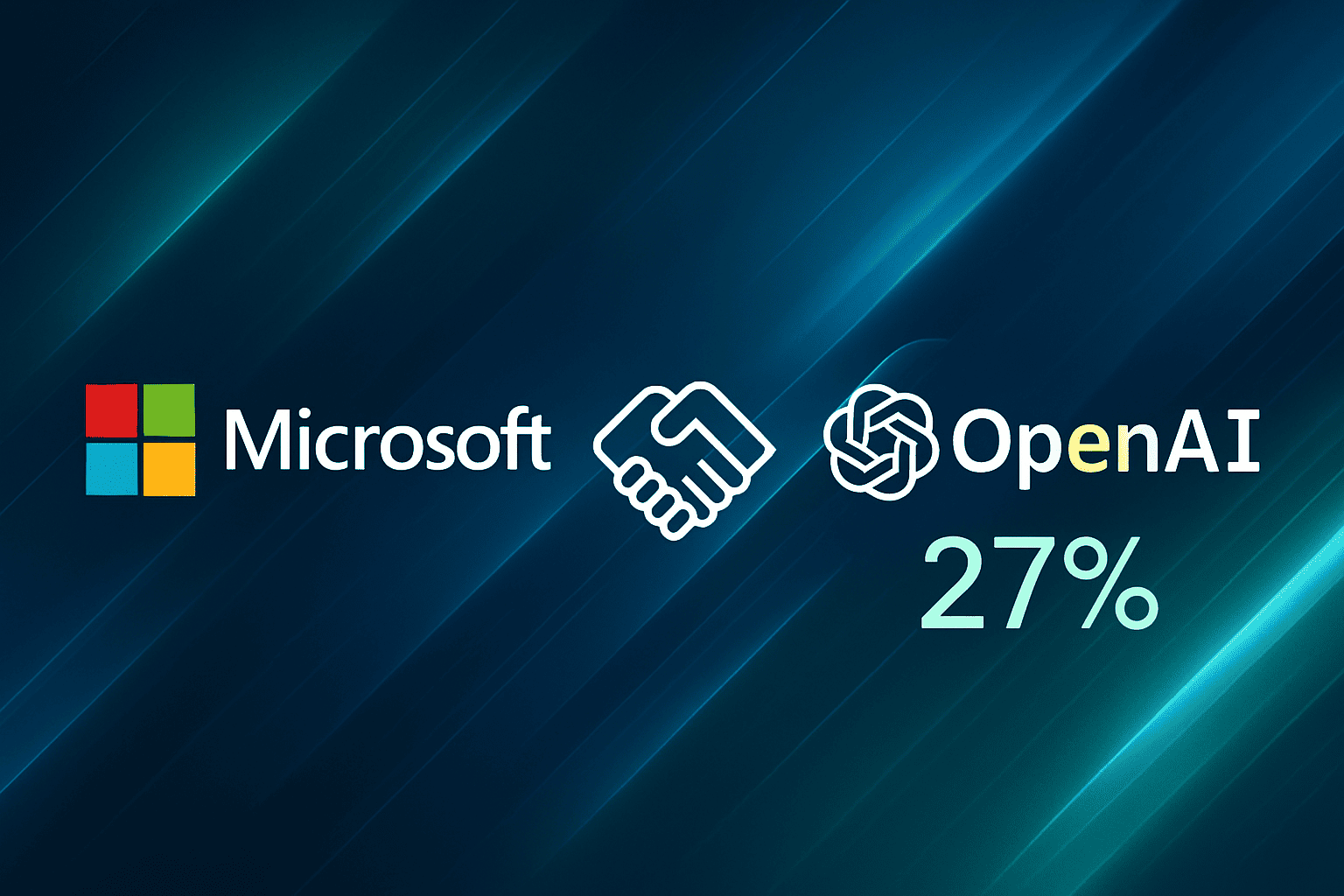 A $1 trillion valuation implies expectations of extreme growth and/or extraordinary margins:
A $1 trillion valuation implies expectations of extreme growth and/or extraordinary margins:
Using the reported $20 billion, a $1 trillion market capitalisation equals a 50x revenue multiple (market cap ÷ revenue). For context, even the fastest-growing, most highly valued tech companies in history rarely sustained public multiples this large at scale.
To justify a $1T valuation based on fundamentals instead of hype, OpenAI would require a strategy to achieve hundreds of billions in yearly revenue in a few years or to maintain exceptionally high profit margins and cash flow compared to existing tech firms.
Analysts who model "trillion-dollar outcomes" typically rely on scenarios where OpenAI monopolises multiple large markets (enterprise software, search, workplace AI, verticalised agents, developer tools, advertising, and more) and captures a high share of each.
Hence, valuation will be influenced not just by existing sales but also by confidence in OpenAI's capability to expand product use in both the enterprise and consumer sectors, transform usage into reliable recurring income, and achieve operational efficiency as model inference expenses decrease.
How the OpenAI IPO Could Impact the Market?
An OpenAI IPO, particularly one that raises tens of billions, would have broad market effects:
1. Capital Flows to AI Infrastructure:
Chip manufacturers (Nvidia), large cloud providers (Microsoft, Google, AWS), data centre REITs, and managed services companies may experience heightened attention from investors and more partnership agreements.
Nvidia's market performance in 2024–25 already reflects this dynamic; analysts expect more direct capex commitments to follow.
2. Venture & Private Secondary Markets:
Employee liquidity and massive primary raises can reprice private portfolios and shift secondary-market dynamics for AI startups. The recent $6.6B employee sale is a preview of how private liquidity interests will play out.
3. ETF and Index Flows:
The massive IPO might transform large-cap indices and ETF allocations, creating ripple effects throughout passive funds and active equity approaches.
The IPO would therefore be not only an event for OpenAI shareholders but a catalyst across the broader AI and cloud ecosystem.
Potential Scenarios Ahead for OpenAI IPO
| Scenario |
Overview |
Outcome |
| Base Case |
IPO in 2027 at $600–$800B valuation. Moderate float, strong growth outlook, but some volatility as investors watch costs and governance. |
Solid big-tech valuation with headline-driven swings. |
| Bull Case |
Strong 2026 results and enterprise deals lift valuation near $1T. Added to major indices as investors see OpenAI as the core AI platform. |
Sustained rally and broad gains for AI-related stocks. |
| Bear Case |
Macro or regulatory risks slow adoption. High capex and dilution pressure delay or lower IPO pricing. |
Weak listing, potential value erosion, investor fatigue. |
Potential Risks: What Could Go Wrong After IPO
1) Execution & Cost Creep:
AI requires sustained capital for chips, power and real estate. If costs rise faster than revenue or if prices prove to be elastic, profit margins may remain thin for longer.
2) Competition:
Google, Amazon, Meta, Anthropic and other incumbents are intensifying competition, often bundling AI into cloud offerings; OpenAI's lead is not unassailable. [3]
3) Regulatory Shock:
Stricter rules on model transparency, data use, or export controls could slow monetisation or force costly changes.
4) Governance Tensions:
The nonprofit-for-profit hybrid and a giant corporate stakeholder (Microsoft) present unusual governance dynamics that could create conflicts with public shareholders.
5) Market Revaluation & Sentiment Risk:
At very high multiples, stock prices are vulnerable to sentiment shifts; a single earnings miss or model failure could cause outsized volatility.
These risks are not hypothetical, as many are already visible in public commentary and regulatory attention.
What Investors Should Monitor Before Investing in the OpenAI IPO
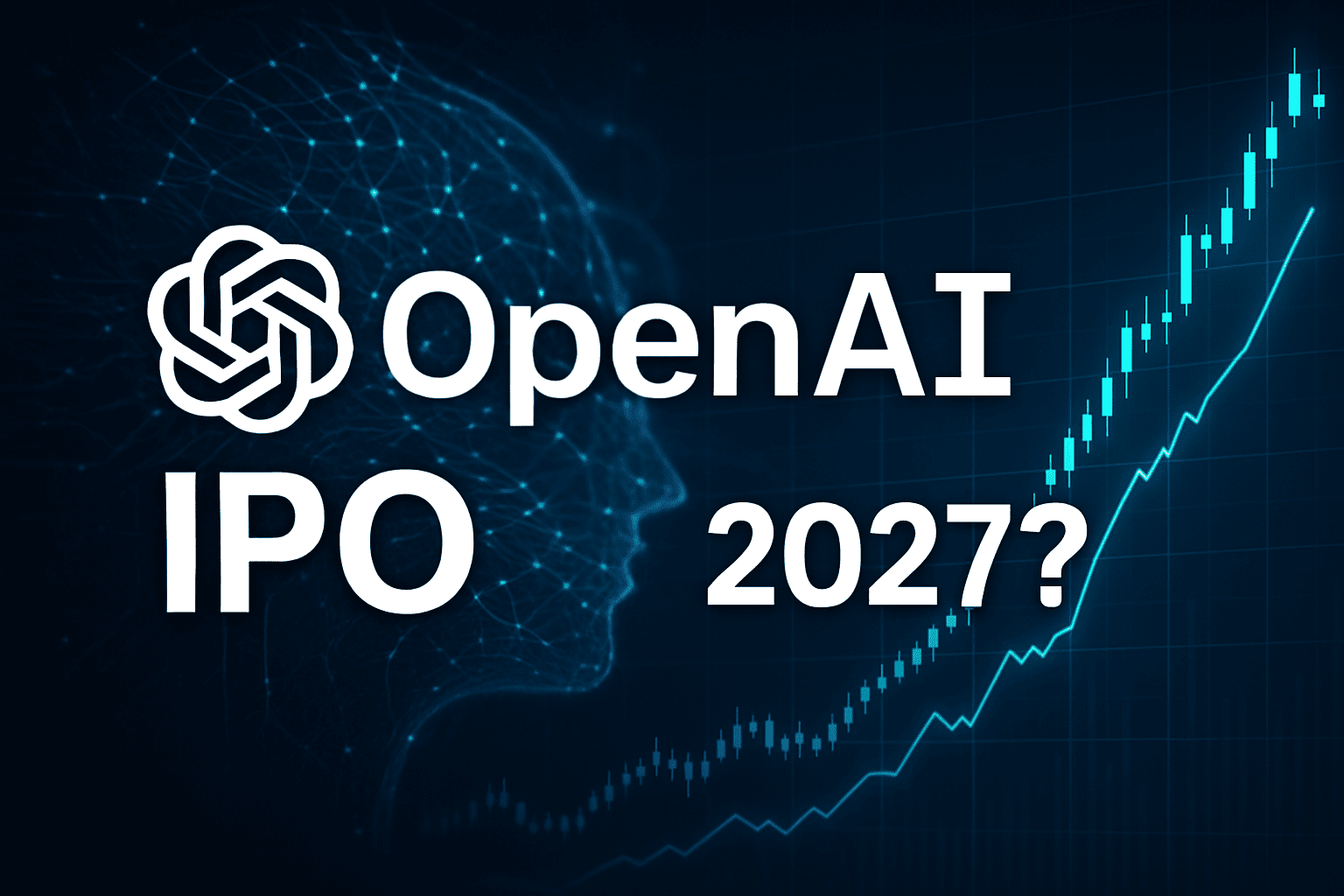
Revenue breakdown by product, geography, and customer concentration.
Gross margin drivers and the unit economics of inference.
Capital-expenditure commitments and committed purchase obligations (chassis, chips, data centres).
Details of related-party deals (Microsoft, SoftBank, others).
Ownership, voting power, and any multi-class share structures.
Employee equity compensation schedules and outstanding options (to model future dilution).
Legal and regulatory proceedings or investigations.
Lock-up terms for insiders and share-sale plans in the pipeline.
This checklist will help cut through hype and focus on drivers that determine long-term value.
Frequently Asked Questions
Q1: When Will OpenAI IPO?
Targeted filing is the second half of 2026, with a public listing likely in 2027.
Q2: What Valuation Is OpenAI Aiming for in Its IPO?
Reports suggest that advisers are preparing for a valuation of approximately ~$1 trillion,
Q3: How Much Money Might OpenAI Raise in Its IPO?
The company is reportedly aiming to raise at least $60 billion in the IPO.
Q4: Will Microsoft's Stake Impact the IPO?
Yes. Microsoft allegedly owns around 27% of OpenAI, prompting inquiries regarding preferential agreements, governance, and the revenue-sharing or commercial alignment methods after the IPO.
Conclusion
In conclusion, OpenAI's potential $1 trillion IPO marks a transformational moment for technology investing. It reflects the enormous value placed on generative AI and the company's ambitions to create transformative AGI products.
If successful, OpenAI's IPO could redefine how markets value intelligence as an asset, not just code.
Investors should monitor developments throughout 2026, including regulatory updates, financial disclosures, and market dynamics, to position themselves before this landmark offering.
Disclaimer: This material is for general information purposes only and is not intended as (and should not be considered to be) financial, investment or other advice on which reliance should be placed. No opinion given in the material constitutes a recommendation by EBC or the author that any particular investment, security, transaction or investment strategy is suitable for any specific person.
Sources
[1] https://www.reuters.com/business/openai-lays-groundwork-juggernaut-ipo-up-1-trillion-valuation-2025-10-29
[2] https://www.bloomberg.com/news/articles/2025-10-28/microsoft-to-get-27-of-openai-access-to-ai-models-until-2032
[3] https://www.reuters.com/commentary/breakingviews/openais-hype-machine-faces-corporate-challenge-2025-10-28/




 A $1 trillion valuation implies expectations of extreme growth and/or extraordinary margins:
A $1 trillion valuation implies expectations of extreme growth and/or extraordinary margins:








